Protecting the Earth doesn’t have to mean chaining yourself to a tree or giving up every modern comfort.

There are plenty of impactful, down-to-earth ways to live more sustainably without leaving a massive carbon footprint behind. And no, it doesn’t mean buying a Tesla or moving off-grid. Sometimes, it’s the small, consistent changes that add up to something meaningful.
The truth is, most people want to help—they just don’t know where to start or worry that their efforts won’t matter. But being eco-conscious isn’t about perfection. It’s about doing what you can, where you are, with what you have. A sustainable lifestyle isn’t reserved for experts or activists. It’s something we can all shape to suit our homes, routines, and budgets. The more people make small shifts, the more momentum we build toward a more sustainable future.
Here are some thoughtful, creative, and genuinely useful ways to protect the planet without adding more emissions to the pile.
Repair instead of replacing.
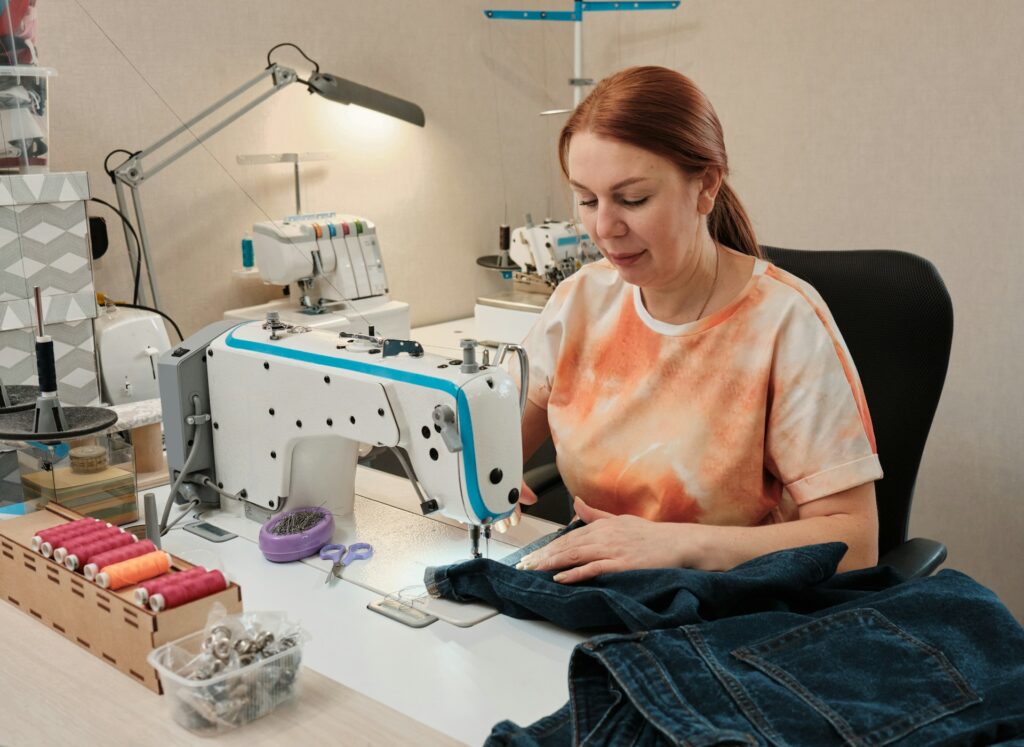
Fast fashion, cheap electronics, and disposable goods have trained us to toss and replace. But repairing what you already have can drastically reduce waste and emissions. Whether it’s mending clothes, fixing your kettle, or patching a leaky roof, giving things a second (or third) life keeps them out of landfill and reduces the demand for new manufacturing.
There’s a growing movement around the world promoting repair culture. The Restart Project in the UK, for example, hosts community events to help people fix electronics and learn DIY skills. Shoemakers, tailors, and appliance technicians are quietly keeping the circular economy alive, and deserve more of our support. It’s a satisfying, often cheaper, and far more eco-friendly way to live.
Eat local and seasonal food.

You don’t need to become a hardcore vegan to make a difference (though reducing meat helps). Just being mindful about where your food comes from can have a big impact. Locally grown and seasonal produce tends to have a lower carbon footprint than something flown in from halfway around the world. Imported avocados in January? Probably not your greenest choice.
Plus, it supports small farmers and encourages sustainable agriculture. Try visiting a farmer’s market or subscribing to a veg box scheme like Riverford, which delivers organic, seasonal produce straight from British farms. Even growing a few herbs or tomatoes on a windowsill can connect you to your food in a way that feels grounding and worthwhile.
Travel with intention, not volume.

You don’t have to give up seeing the world, but how and how often you travel matters. Flights are a major source of individual emissions, especially short-haul ones. Consider swapping some trips for train journeys, exploring places closer to home, or travelling less frequently but staying longer when you do.
Slow travel can be richer, more meaningful, and far less stressful. The Man in Seat 61 is a brilliant resource for finding scenic, comfortable train routes across Europe. Walking holidays, cycling trips, and even simple staycations in UK national parks can offer the same recharge—without the long-haul guilt.
Rethink your energy habits.

Switching off lights matters, but there’s more to it than that. Things like turning your thermostat down by just one degree, using a clothesline instead of a tumble dryer, or insulating your home better can drastically cut energy use.
If you own your home, switching to a green energy provider like Octopus Energy or adding solar panels where possible can make a long-term difference. Even if you rent, you can use thermal curtains, plug draughts with sealant tape, and choose energy-efficient appliances when replacing older ones. Plus, apps like Loop or SmartThings can track usage and help spot where you’re wasting electricity. Understanding your habits is the first step in changing them.
Opt for reusables (and actually reuse them).

It’s easy to buy a bamboo coffee cup or a reusable tote, but the key is using them consistently. Keep a small kit in your bag: a foldable shopping bag, a refillable water bottle, a spork, maybe even a reusable straw if you’re out often. Get used to saying, “No thanks, I brought my own.”
Choose reusable items you actually like. If a travel mug fits well in your hand and keeps drinks hot, you’ll be more inclined to use it. Reusables only make a difference when they’re part of your daily habits, not just something that sits in a drawer.
Get creative with second-hand shopping.

Charity shops, online marketplaces, vintage fairs, and even local freecycle groups are full of things that need a second home. Shopping second-hand reduces the demand for new production and keeps perfectly good stuff from going to waste. It’s not just about saving money; it’s about slowing the consumption cycle.
From furniture to fashion to kitchen gadgets, you’d be surprised what you can find if you’re willing to take your time. Sites like Vinted and Facebook Marketplace make it easy to find quality items without the guilt of newness. And if you love a project, upcycling old furniture or refreshing vintage clothes can be deeply rewarding.
Embrace boring appliances.
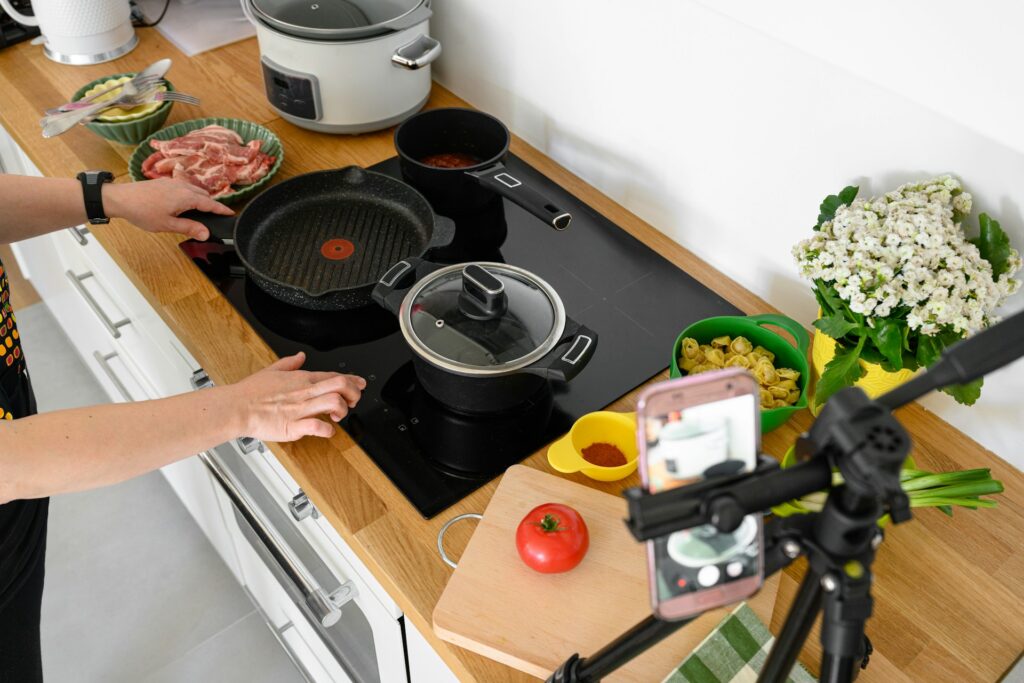
Not every climate-saving tool is sexy. Induction hobs are more efficient than gas. Pressure cookers use less energy than ovens. A programmable thermostat can cut heating waste. Even using a lid while cooking saves energy.
Think of your home as an ecosystem. Small tweaks, such as using energy-efficient showerheads, adjusting fridge temperatures, choosing low-energy dishwashers, add up. It’s not glamorous, but it works. And it saves you money too.
Compost what you can.
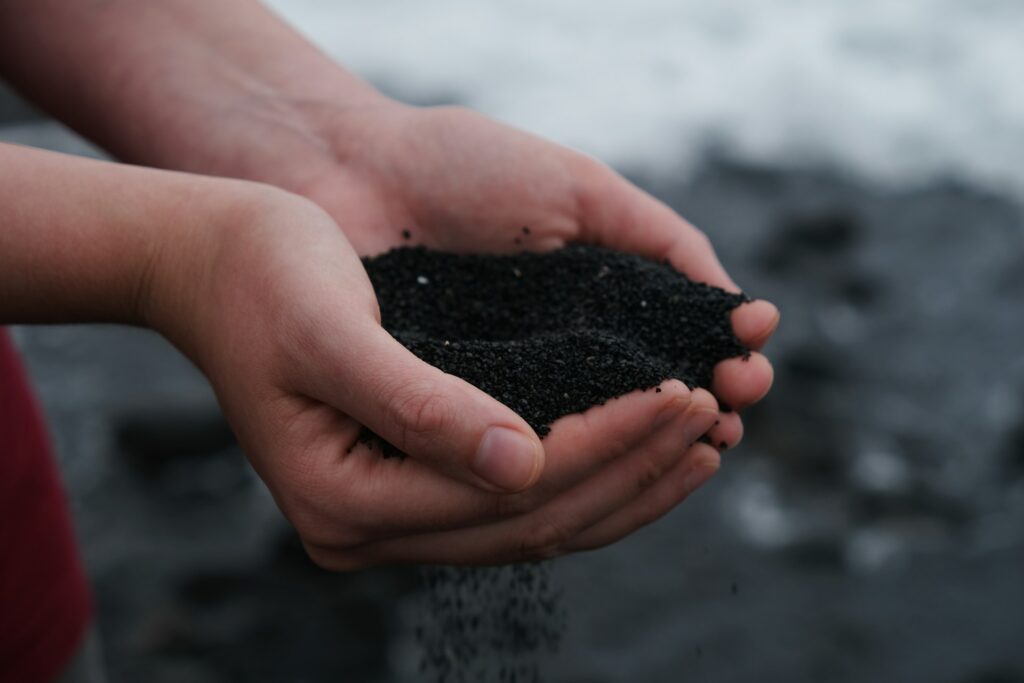
Food waste that ends up in landfill produces methane, a powerful greenhouse gas. Composting, even in a small flat with a worktop composter or worm bin, turns scraps into soil rather than emissions.
Many councils now offer food waste collection, but if yours doesn’t, consider community composting projects or local drop-off points. Bokashi bins are great for flats, and electric composters make the process quicker. You’ll also end up with rich, usable compost for plants and gardens.
Use your voice and your vote.
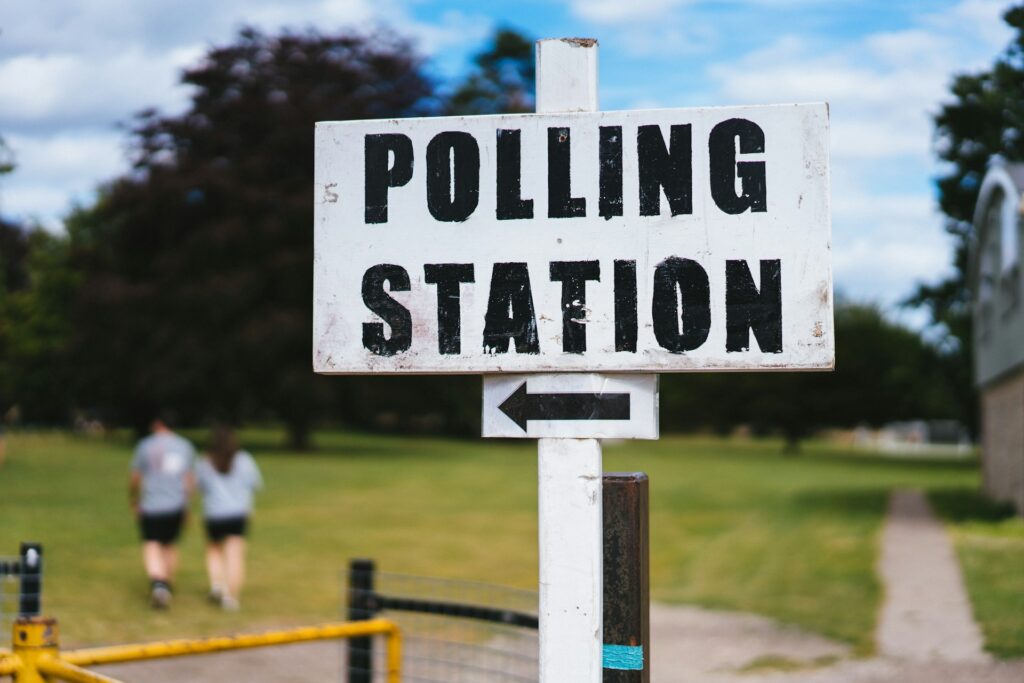
Living sustainably isn’t just about what you buy or use. It’s also about speaking up. Ask your council about recycling improvements. Encourage your workplace to go paperless or switch to green suppliers. Support policies and leaders that prioritise environmental protection.
Change on a large scale needs public demand. Whether it’s signing petitions, writing to your MP, or just talking to friends about climate issues, your voice can push things forward. Campaigns like Friends of the Earth make it easy to get involved.
Rewild your own space.
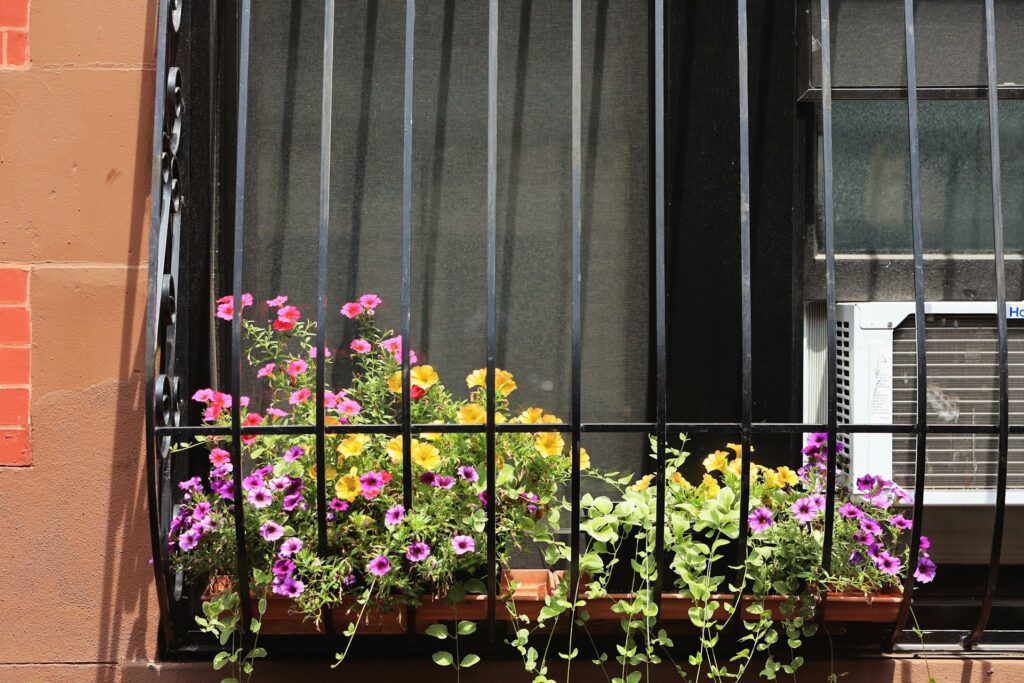
Got a garden, balcony, or even a sunny windowsill? Let it go a little wild. Plant native species, skip the pesticides, and make space for bees, birds, and bugs. Even a small patch of wildflowers or herbs can become a mini haven for pollinators.
The Royal Horticultural Society has great guidance on sustainable gardening and rewilding urban spaces (rhs.org.uk). Building a bug hotel, leaving a log pile, or letting your grass grow longer helps bring back balance to urban ecosystems. Bonus: you’ll spend more time noticing the life happening around you.
Reduce digital clutter.

It sounds strange, but data storage has a carbon cost. Every email you never delete, every unused app, every backed-up photo takes space on energy-consuming servers. Multiply that by millions, and it becomes an environmental issue.
Take time to clear out your inbox, delete old files, and unsubscribe from newsletters you never read. Cloud storage feels invisible, but the servers behind it run on electricity, sometimes not cleanly. Keep what matters. Let go of the rest.
Share more.

Not everyone needs to own everything. Community libraries of things where people can borrow tools, appliances, or camping gear are growing in popularity. Ask around or look online for one near you. Sharing cuts down on waste, saves money, and builds connection.
From lending someone a ladder to co-owning a sewing machine with a neighbour, shared resources are one of the oldest and smartest ways to live lighter. It’s cooperation, not sacrifice.
Stop obsessing over perfection.

There’s a lot of pressure to do sustainability “right,” but striving for perfection can make it feel exhausting or inaccessible. You don’t have to be plastic-free, vegan, solar-powered, and zero-waste all at once.
The most effective changes are the ones that fit into your life in a way you can sustain. Start small. Do what you can. And don’t beat yourself up when it isn’t perfect. Collective progress matters more than individual perfection.
Learn and stay curious.

One of the best things you can do is keep learning. Watch documentaries like “Kiss the Ground” or “2040.” Read books like “How to Save the World for Free” by Natalie Fee. Follow science-based climate communicators. The more you understand, the more equipped you are to take action.
Inspiration often leads to change, and you might discover something you genuinely enjoy along the way.
One step at a time really does matter.

Protecting the Earth isn’t about being extreme. It’s about being engaged. Whether you’re growing tomatoes in a window box, fixing a jumper instead of buying a new one, or just choosing to take the train instead of flying—it all adds up. And yes, there are bigger systems that need to change. But while we push for that, we can also live in a way that reflects the world we want to protect. One thoughtful decision at a time.
So no, you don’t need to overhaul your entire life. However, you can show up for the planet every day in small, meaningful, carbon-light ways that ripple outward. Every action counts, and each of us has more power than we think.